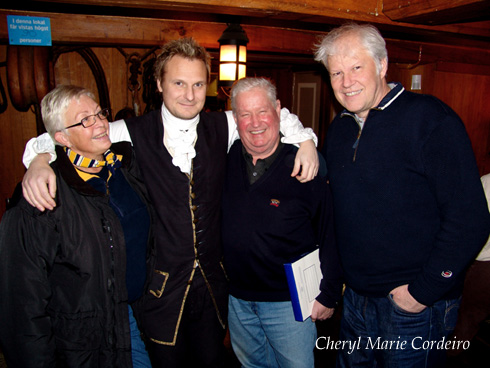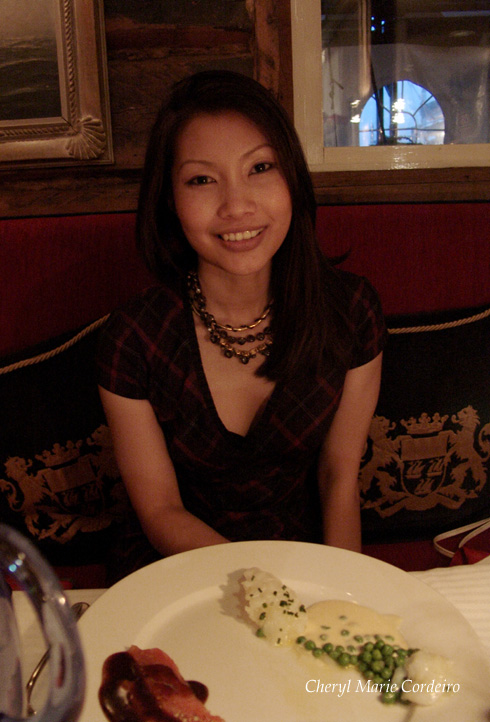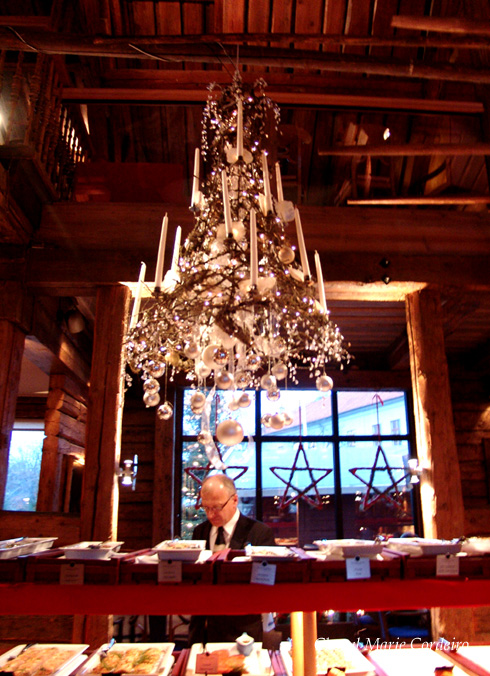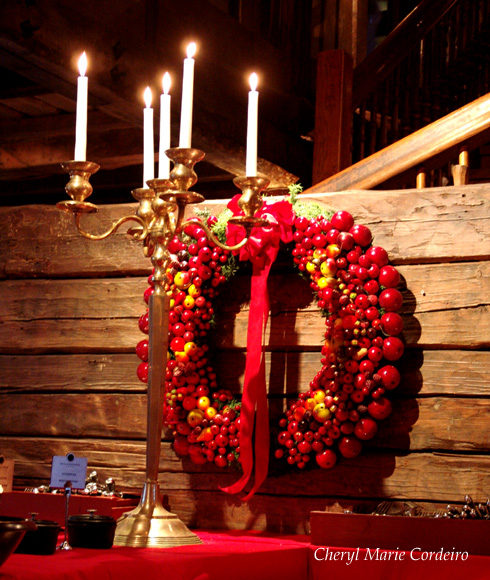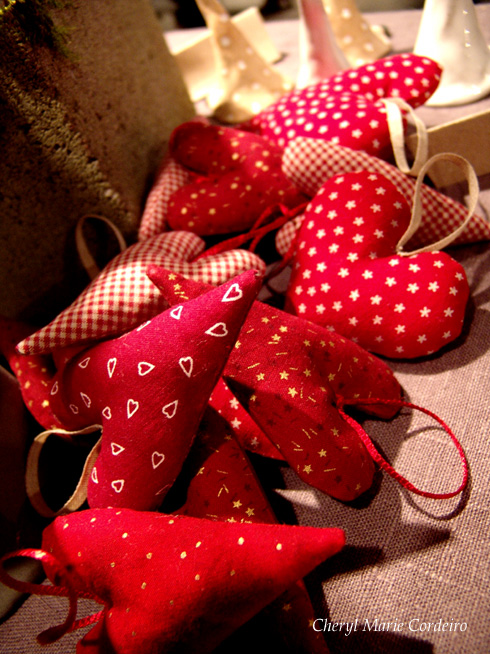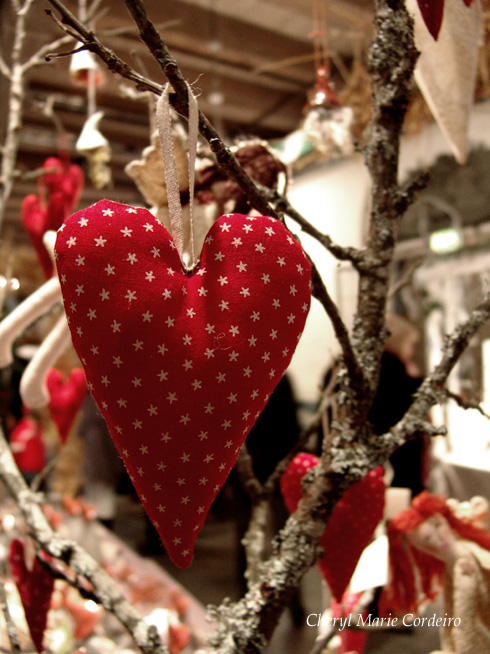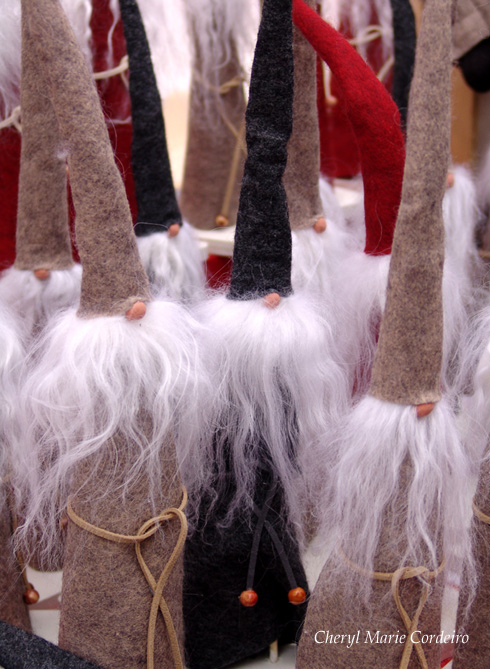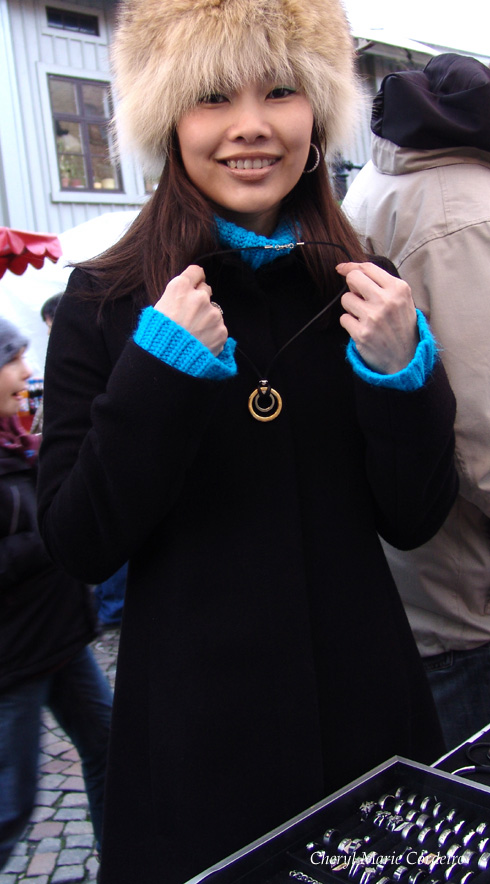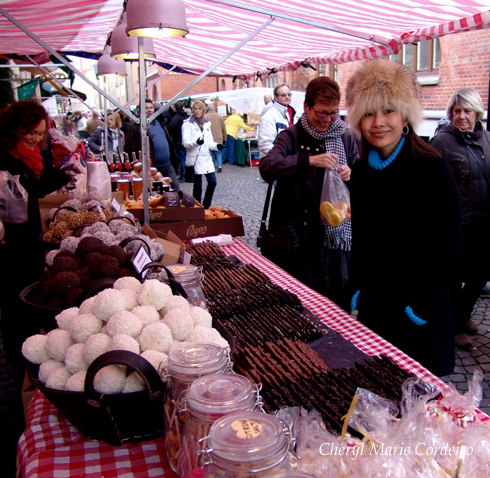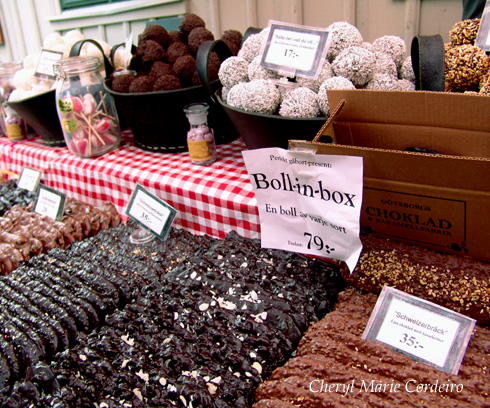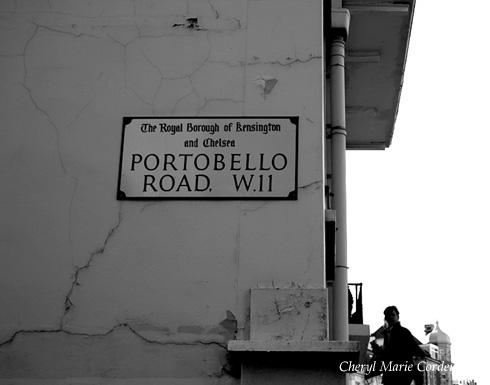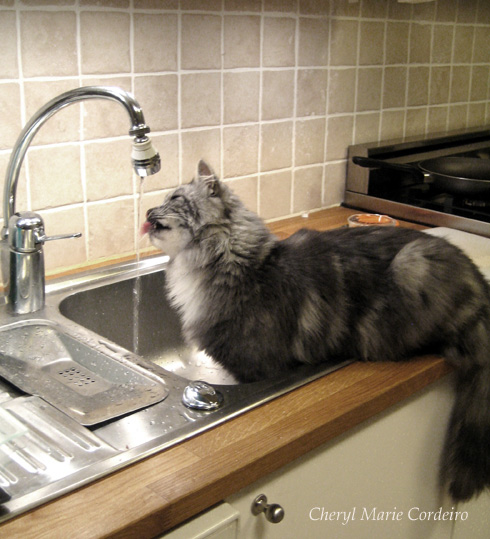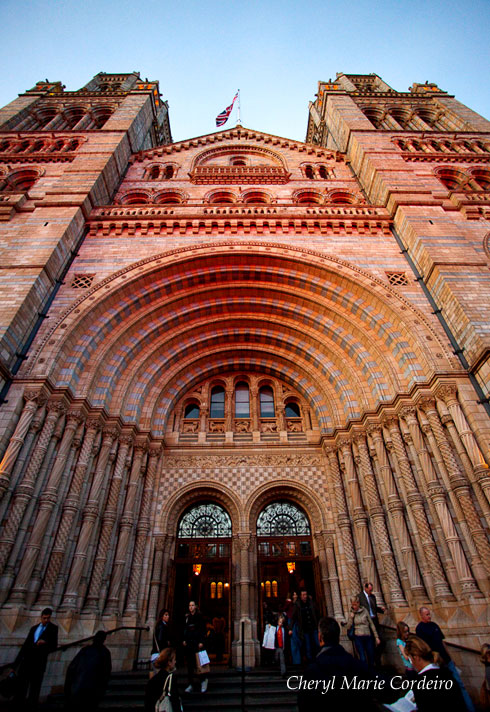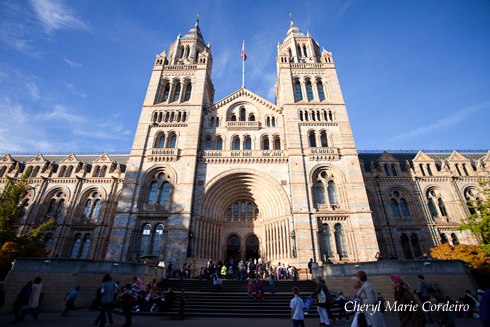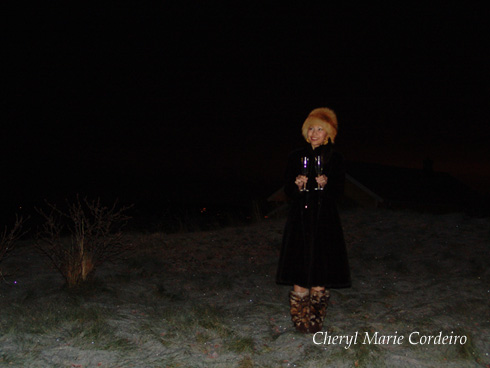
Ushering in 2010 along the Swedish westcoast.
Photo Jan-Erik Nilsson © 2009
New Year’s Eve 2010 was greeted along the Swedish westcoast by a bluemoon (a second full moon this month that happens once every 20 years) that hung low and glowed luminously. Beautiful sight!
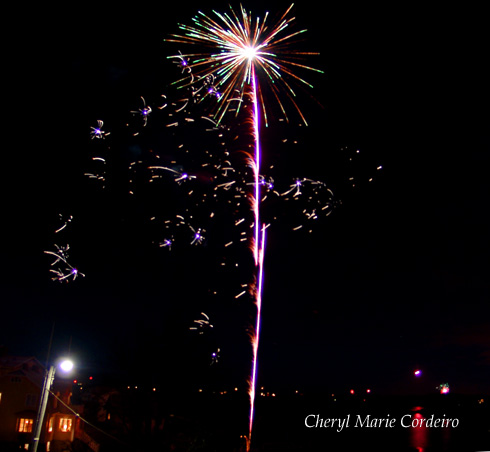
Fireworks in the neighbourhood, Swedish westcoast.
In Sweden, it’s customary that people buy their own fireworks to set alight in their gardens. About fifteen minutes to midnight, people were already setting off their fireworks!
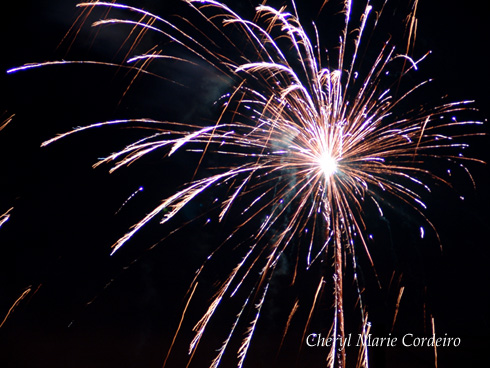
A burst of purple and gold for 2010!
This year, our neighbours had a riot of a time with fireworks, with their children filling the air with excitable screams and shouts as each rocket took off.
1 am into the night and the odd set of fireworks box was still going off. Surreal.
